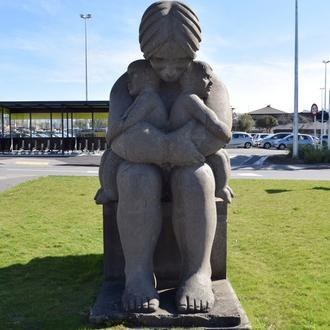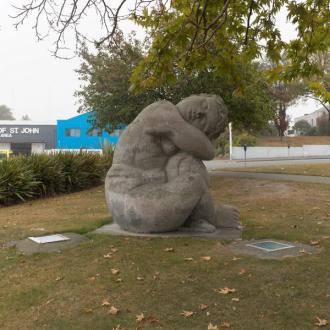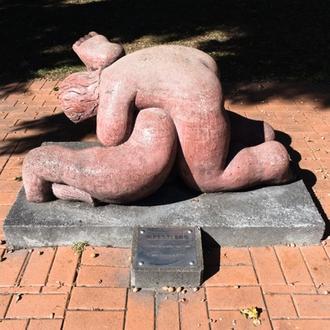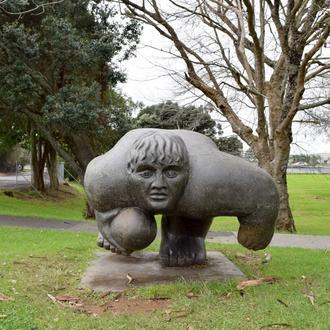Llew Summers
b. 1947d. 2019
6 Artworks
Studying initially to become a farmer, Llew Summers began making art in the late 1960s, opening his first exhibition in 1971.
Through the substantial massing of his largely figurative sculptural practice Summers sought to balance the physical and spiritual in life. The imagery of his sculptures often drew on religious symbolism including winged angels, hearts and lights.
Summers regularly participated in outdoor sculpture shows such as those held at the Waitakaruru Arboretum and Sculpture Park, the Auckland Botanic Gardens, NZ Sculpture Onshore, Tai Tapu Sculpture Garden, the NewDowse Gallery, Sculpture in the Garden, Governors Bay and Sculpture on the Peninsula, Loudon. His large sculptures can be seen in public spaces in New Zealand, from Kaitaia to Wanaka and many localities in between. There are also many works is held in private collections both within New Zealand and internationally.
A major book on his life and work, Llew Summers: body and soul, by John Newton, was published by Canterbury University Press, with support from Creative New Zealand, in July 2020.
His '14 Stations of the Cross,' commissioned for the Cathedral of the Blessed Sacrament in Christchurch, created a controversy due to the depiction of a naked figure of Jesus at his crucifixion.
See also:
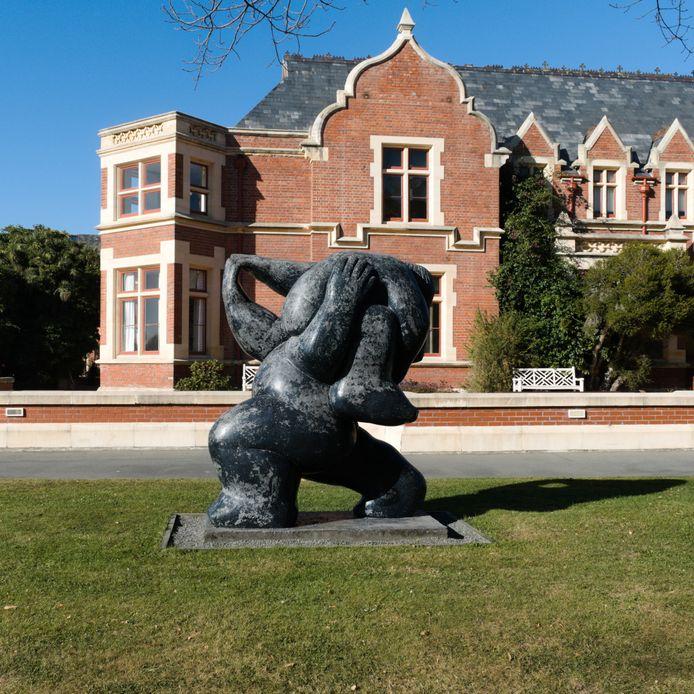
Llew Summers, ‘Joy of Living/ Up & Over’ (1992), Lincoln University, Ōtautahi Christchurch
Image: Bronwyn Holloway-Smith, Public Art Heritage Aotearoa New Zealand, 2021

